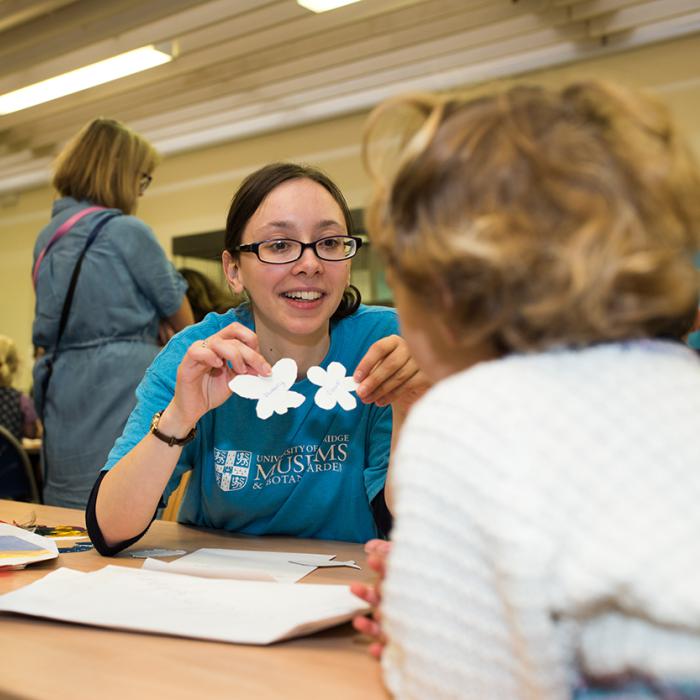Join art historian Dr Donal Cooper and exhibition curator Martin Kemp for an in-person talk in the Fitzwilliam Musm’s Italian renaissance gallery exploring Hockney's art in relation to Renaissance perspective, 3D modeling and the art of Fra Angelico and Domenico Veneziano
Join exhibition curators Martin Gayford, Martin Kemp and Jane Munro for an introduction to Hockney's Eye, an exhibition exploring David Hockney’s interactions with artists of the past and with technologies of viewing, both past and present.
Led by award winning basket maker Debbie Hall, the workshop is suitable for both beginners and improvers. Over the two days there will be plenty of time to really absorb techniques properly without rushing, and to produce a lovely, shopper-type basket with rod border and wrapped handle. For those who have previous experience making a round basket there will be an opportunity to extend your skills with different side weaves and borders, and those with even more experience may wish to complete a basket project of their choice.
Grazing marshes represent one stage in the drainage and exploitation of land that was once a floodplain swamp or mire. Farmers and engineers installed ditches and windpumps, converting the primeval wetland into a chequerboard of meadows and pastures separated by drainage channels. Often flooded in winter and too wet to grow corn, these betwixt and between landscapes developed into a remarkable haven for wildlife.
As the rebirth of culture and art flourished in the palaces and piazzas of Europe, so new worlds and new discoveries brought exotic plants to the terraces and hothouses. Botanic and floral art proliferated as the Medici and northern European courts employed artists to depict the exotic and expensive rarities that blossomed at their command. Flowers and fruits boasted the wealth of their patrons, whilst memento mori warned of mortality to come.
Has the Botanic Garden or your own garden inspired you to want to write? The natural world is a great spur to creativity and whether or not you have ever tried writing before, this half day workshop could be the key to getting you started. Whether it’s a memory of a childhood garden, or a piece about a landscape you have visited, writing about gardens could be the key to unlocking your writing ‘voice’. During the session participants will have a chance to craft and read their own work, and the tutor will engage in guided exercises and offer advice.
Fungi hold an immense fascination for many people, but the true story of their impact on the world and their extraordinary interactions with humankind throughout the ages remains largely untold. Fungi can be found in every habitat on Earth, from our bodies to our fruit bowls; from the arctic to the tropics; from our gardens and woodlands to our rivers and oceans; they can even survive in outer space. Some are harmful and can cause disease, or even kill, but many provide incredible benefits to both humans and our environment.
Plums, cherries, mangoes and apricots and many more fruits have a hard seedcase surrounded by soft edible flesh. We shall study both the outside and the inside of some of these fruits, drawing them and learning how to paint them.
All abilities are welcome on this three day course.
In this two day course, students will learn the basics of leaf variety, and fruit, seed and nut forms. You will learn how to show darks and lights using pencil, and learn how to use watercolour. The first day will focus on drawing and painting fallen autumn leaves, and contrasting them with fresh green ones. We’ll cover the basics of using and mixing watercolours, then have a go at painting a brightly coloured autumn leaf. The second day will focus on looking at the variety of seeds and fruits in the Garden.
Drawing upon the richness of European art, we will explore the impact of the Renaissance on horticulture and garden design. Integrating heaven and earth as they combine wilderness and water with artificiality and automata. Terraces spring from hillsides and grottoes pierce the dark earth whilst statues and fountains bring the gods to life. Power is expressed through both the size and control of the gardens’ form, and the recording of them by artists whose patrons were the wealthy owners.

